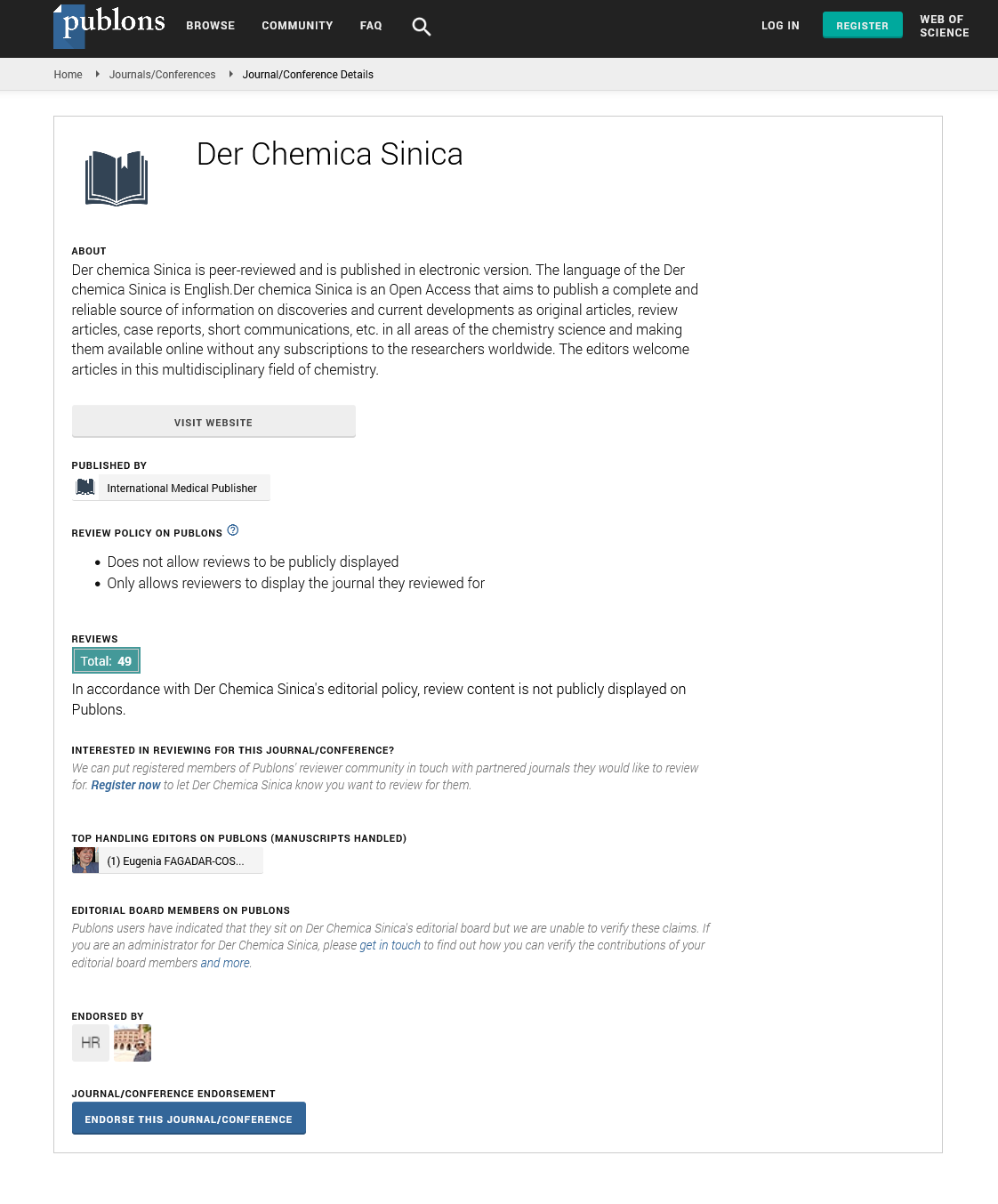Abstract
Solvent Based Variations in Yield of Bioactive Extracts from the Sclerotium of Pleurotus tuber-regium
Background: The therapeutic effectiveness of herbs and fungi used for medicinal purposes is not only a factor of their bioactive constituents but also a factor of both the extraction solvent and extraction method.
Objective: The objective of this study is to extract and analyze the bioactive components in the sclerotum of Pleurotus tuber-regium using different solvents, as to ascertain the solvent that gives a better yield.
Method: A quantity of 10.0 kg of fresh sclerotia of P. tuber-regium purchased at Zarama Market in Southern Nigeria was washed, peeled and the white inner parts were sliced using a sterilized knife. The sliced samples were dried at room temperature for fourteen days. After grinding, the bioactive components were extracted by weighing 10 g of sample into three well stopper bottles and each was extracted in 20 mL of specific extraction solvent (methanol, hexane and dichloromethane), while that of soxleth extraction was done in a soxleth apparatus, using ethanol as the solvent. The process was repeated twice and the combined aliquot obtained were concentrated to 5.0 mL and purified. Two milliliters of the extracts were used for gas chromatographic and mass spectroscopy analysis.
Result: The highest peak on the chromatogram for the methanol extract was observed at 32.644 min., while hexane, dichloromethane and soxhlet extracts had their highest peaks at 31.459 min., 14.254 min. and 18.060 min. respectively. The highest bioactive component in methanol extract was (3aR,4R,7R)-1,4,9,9-Tetramethyl-3, 4,5,6,7,8-hexahydro- 2H-3a,7-methane with a value of 62.856 %, while hexane, dichloromethane and soxhlet extracts had Hexasiloxane, tetradecamethyl- , Bis(2-ethylhexyl) phthalate and Phthalic acid, 3-chlorobenzyl butyl ester with values of 29.170 %, 5.092 % and 25.490 % respectively.
Conclusion: Hexane and dichloromethane extracts yielded more bioactive components with better nutriceutical and medicinal properties and may be regarded as better solvents for mushroom and fungi extractions.
Author(s): Reginald C Ohiri, Mercy O Ifeanacho, Keku Preye
Abstract | Full-Text | PDF
Share This Article
Google Scholar citation report
Citations : 5682
Der Chemica Sinica received 5682 citations as per Google Scholar report
Der Chemica Sinica peer review process verified at publons
Abstracted/Indexed in
- Google Scholar
- Open J Gate
- Genamics JournalSeek
- China National Knowledge Infrastructure (CNKI)
- Directory of Research Journal Indexing (DRJI)
- Publons
- MIAR
- International Committee of Medical Journal Editors (ICMJE)
- Serials Union Catalogue (SUNCAT)
- Geneva Foundation for Medical Education and Research
- Secret Search Engine Labs
- Euro Pub
- CAS (Chemical Abstracting Services)
- University of Barcelona
Open Access Journals
- Aquaculture & Veterinary Science
- Chemistry & Chemical Sciences
- Clinical Sciences
- Engineering
- General Science
- Genetics & Molecular Biology
- Health Care & Nursing
- Immunology & Microbiology
- Materials Science
- Mathematics & Physics
- Medical Sciences
- Neurology & Psychiatry
- Oncology & Cancer Science
- Pharmaceutical Sciences


